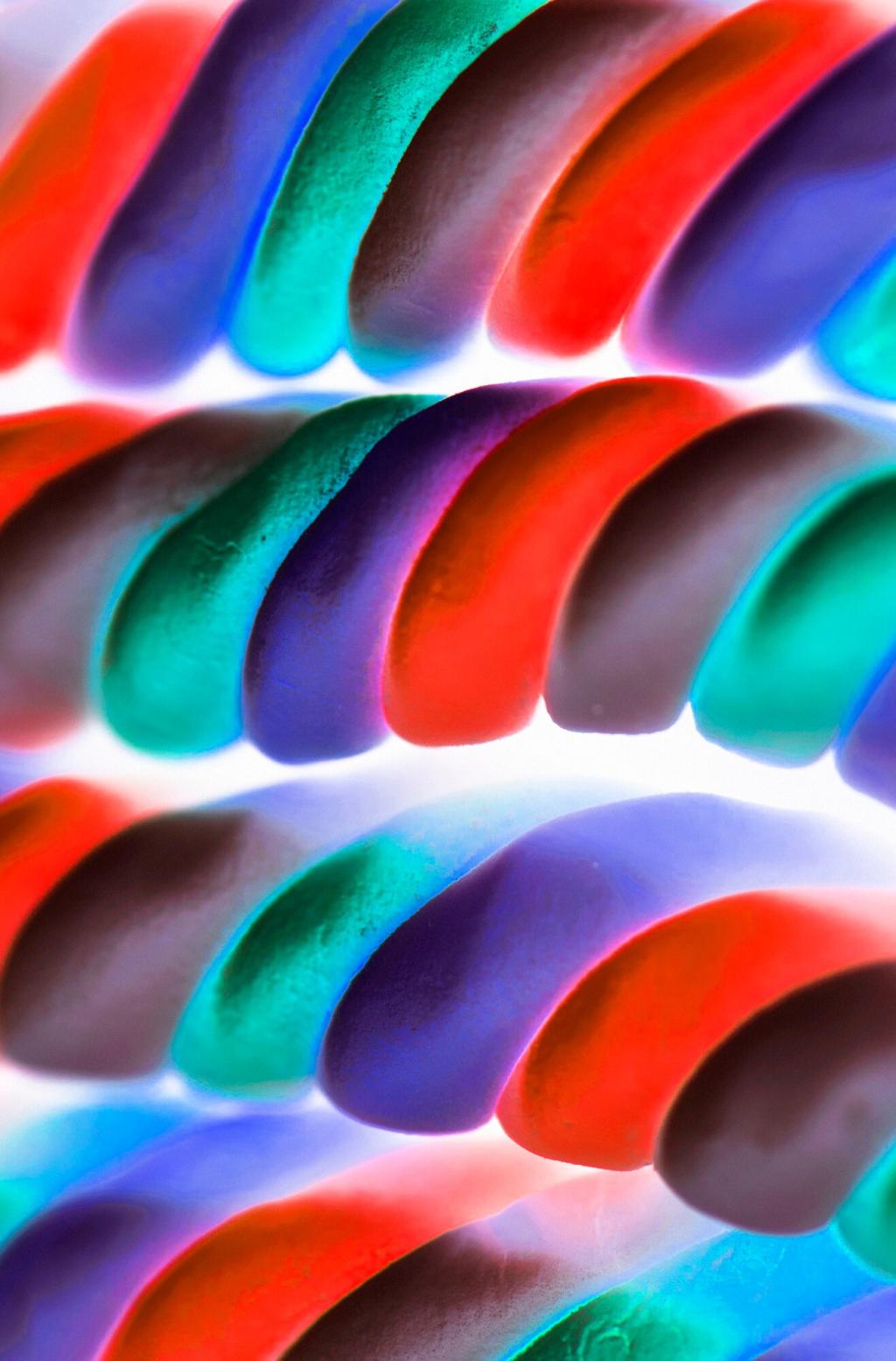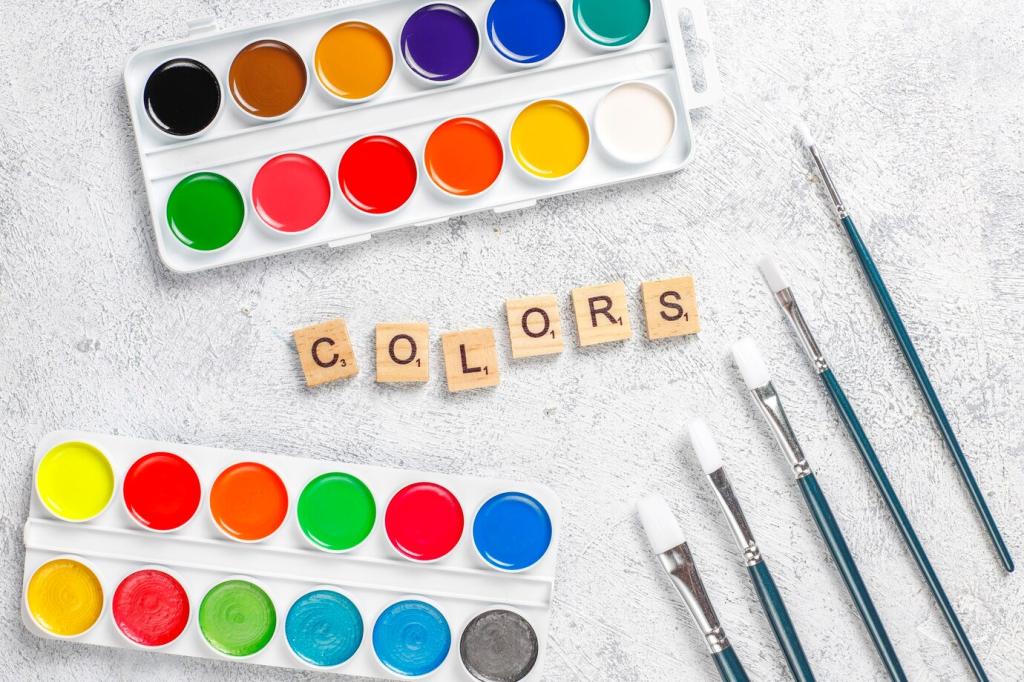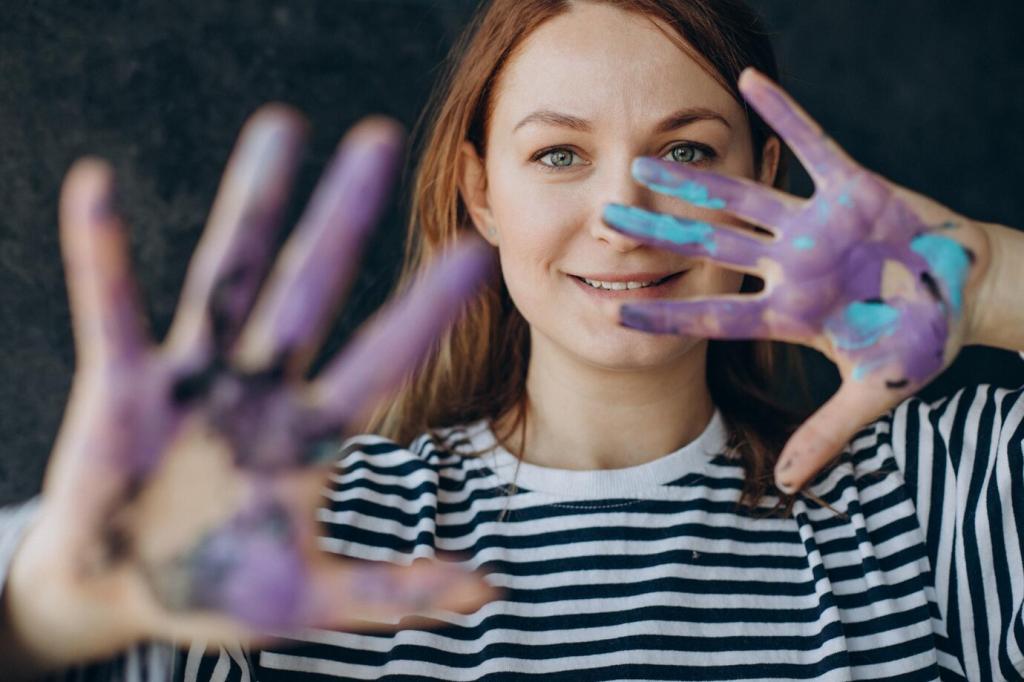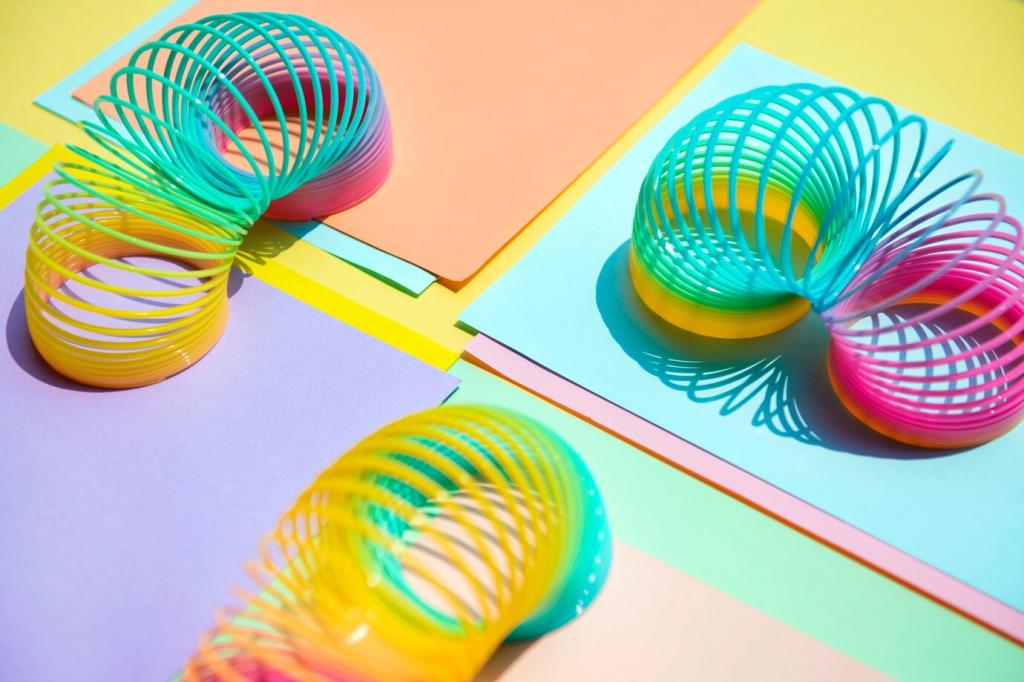The Science Behind Color and Mood in Your Furniture
Warm hues like terracotta, coral, and soft mustard tend to feel welcoming and social, slightly raising arousal in ways that can spark conversation. Cooler hues—powder blue, sage, slate—encourage slower breathing and reflection, making them ideal for unwinding after demanding days.
The Science Behind Color and Mood in Your Furniture
Highly saturated furniture colors deliver an energizing jolt that can help morning motivation but sometimes feel intense by evening. Desaturated, lighter tones invite calm and clarity. Balance both by placing vibrant accents where you need action and quieter pieces where you seek recovery.




